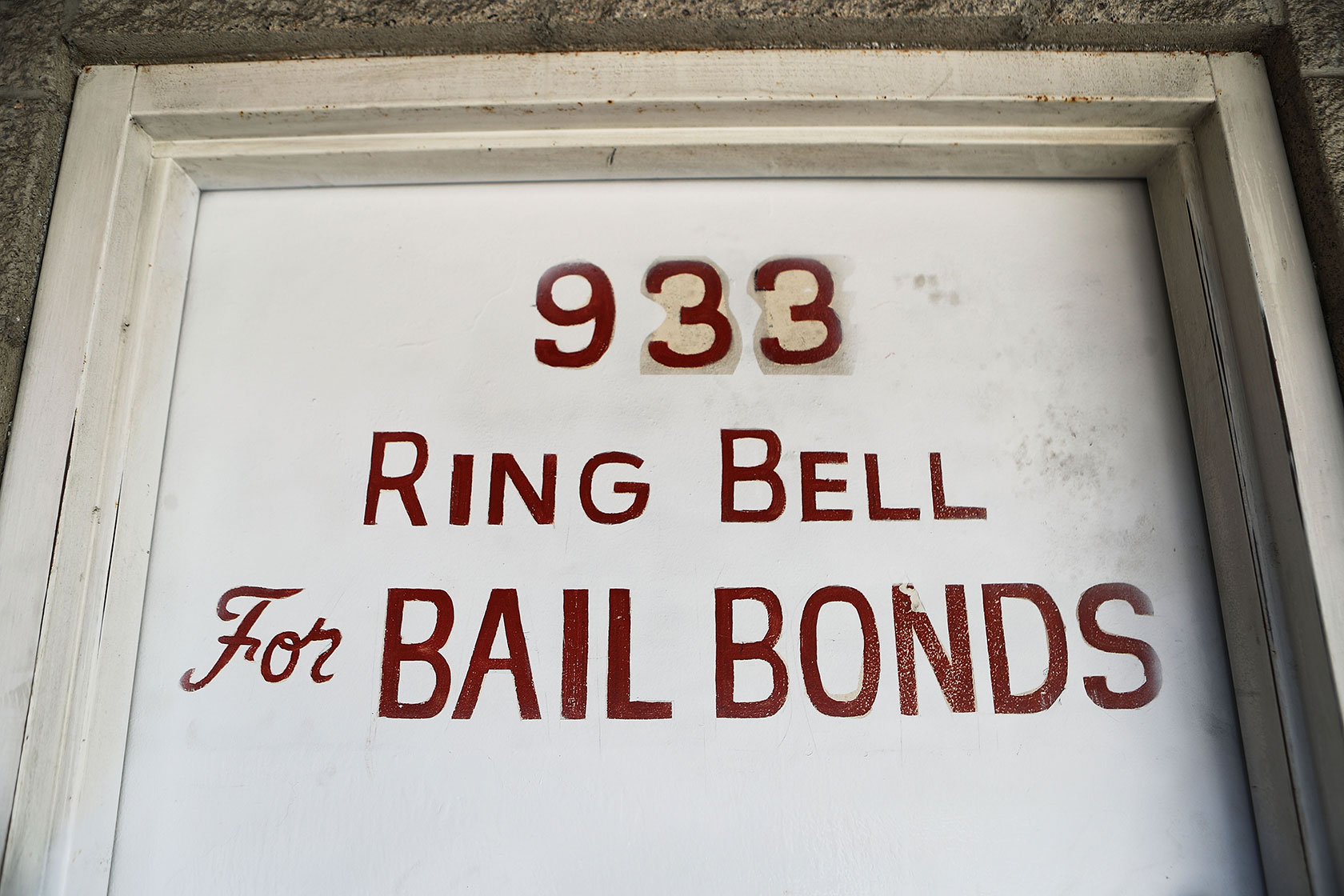Simplifying the Bond Refine: Your Guide to Bail Bonds
Browsing the bail process can typically really feel overwhelming, particularly for those unfamiliar with the numerous kinds of bond bonds and the steps involved in safeguarding launch. As soon as detained, the subsequent bond hearing will certainly identify the monetary responsibilities necessary for launch.
Comprehending Bail Fundamentals
While the legal system can often show up overwhelming, comprehending the fundamentals of bail is essential for browsing the complexities of pretrial launch. Bond functions as a financial warranty that an accused will certainly appear in court for their arranged hearings. When a person is detained, a judge figures out the bail quantity based on numerous elements, including the nature of the crime, the offender's criminal history, and the threat of flight.
Bail can take numerous types, consisting of cash bond, where the defendant pays the full quantity upfront, or guaranty bonds, where a bondsman assures the bail for a charge. If the offender fails to appear in court, they waive the bail quantity, which can result in added legal repercussions.
In some cases, individuals might be released by themselves recognizance, indicating they do not require to pay bond yet must promise to return for their court dates. Comprehending these fundamental ideas is critical for accuseds and their family members as they browse the bond procedure, ensuring informed choices are made throughout a difficult time.
Just How Bond Bonds Job
Recognizing just how bail bonds job is critical for any individual entailed in the bond process. A bail bond is a legitimately binding arrangement between a bail bondsman, the defendant, and the court.
The bondsman typically bills a non-refundable fee, normally around 10-15% of the complete bond amount. This cost represents the bail bondsman's compensation for presuming the monetary danger connected with the bond. Once the cost is paid, the bail bondsman posts the full bail total up to the court, safeguarding the defendant's release from custodianship.
For this service, the bail bondsman may need collateral, such as home or properties, to alleviate possible losses if the offender fails to appear in court. If the defendant does not go to the scheduled hearings, the bail bondsman can recoup the bail quantity through lawful methods, which may include working with a bounty hunter. Understanding this procedure can assist people navigate the complexities of safeguarding a bail bond successfully.
Types of Bond Bonds
After safeguarding a bail bond, it is very important to identify that not all bail bonds are the very same; they are available in numerous kinds developed to fit different circumstances and demands. The most typical kind is the surety bond, which includes a bondsman who guarantees the full bond amount to the court for a cost, generally around 10% of the overall bond. This is perfect for those that can not afford to pay the full bail amount upfront.
One more kind is the cash bond, where the defendant or their representative pays the complete bond quantity in cash directly to the court. This choice is commonly official source made use of when people have the monetary methods and favor to recover their funds upon court appearance.
Residential or commercial property bonds allow individuals to use realty as collateral for bond. bail bond company newark ohio. This needs a property appraisal and can be complex, but it is helpful for those that have beneficial assets
Last but not least, some jurisdictions use personal recognizance bonds, where the defendant is released based on a guarantee to appear in court without any economic commitment. Recognizing these kinds of bond bonds is vital for making notified decisions in your situation.
The Bond Refine Steps
Navigating the bond procedure involves several vital steps that can significantly influence the result of an accused's circumstance. The process typically starts with the arrest, throughout which the person is nabbed. When arrested, the offender will certainly be notified of the charges and might have a bail hearing set up, where a judge will figure out the bond amount based upon the seriousness of the criminal offense, flight danger, and criminal background.
After the bond quantity is established, the defendant or their representative can call a bond bondsman. The bondsman will certainly analyze the scenario, discussing the regards to the bond and the fees included, which generally amount to a portion of the total bond. If a contract is gotten to, the bondsman will post the bond with the court, enabling the offender to be released from custody.

Tips for Selecting a Bond Representative
Picking a bail agent is a crucial step that can considerably affect the bond procedure. It is important to pick a representative that not just understands the legal complexities yet additionally provides dependable support during this stressful time. Begin by investigating licensed bond agents in your area; ensure they have the necessary credentials and experience in handling your particular scenario.
A reputable bond agent should display transparency, compassion, and professionalism. Do not be reluctant to ask inquiries about their charges, processes, and any kind of potential security needs.
Additionally, take into consideration the accessibility and responsiveness of the bond agent. A great representative should come 24/7, all set to provide support whenever essential. Evaluate their communication design; a representative who listens and describes plainly can make the procedure more convenient.

Verdict
In conclusion, navigating the bond procedure calls for a clear understanding of the numerous sorts of bail bonds and the procedural steps involved. By familiarizing oneself with cash bonds, guaranty bonds, and personal recognizance launches, individuals can make enlightened choices. Engaging with an accredited bondsman is crucial for helping with launch while guaranteeing conformity with court commitments. Ultimately, a comprehensive grasp of these aspects simplifies the bail experience and enhances the possibility of an effective outcome.
Navigating the bail process can commonly feel overwhelming, especially for those unknown with the numerous types of bond bonds and the actions included in securing release.Understanding how bond bonds work is critical for anyone involved in the bail process. A bail bond is a lawfully binding contract between a bail bondsman, the offender, and the court.After protecting a bail bond, it is crucial to recognize that not all bond bonds are the same; they come in different types designed to match various scenarios and requirements. The most typical kind is the guaranty bond, which includes a bond bondsman that assures the complete bail quantity to the court in exchange for a fee, commonly around 10% of the total bond.